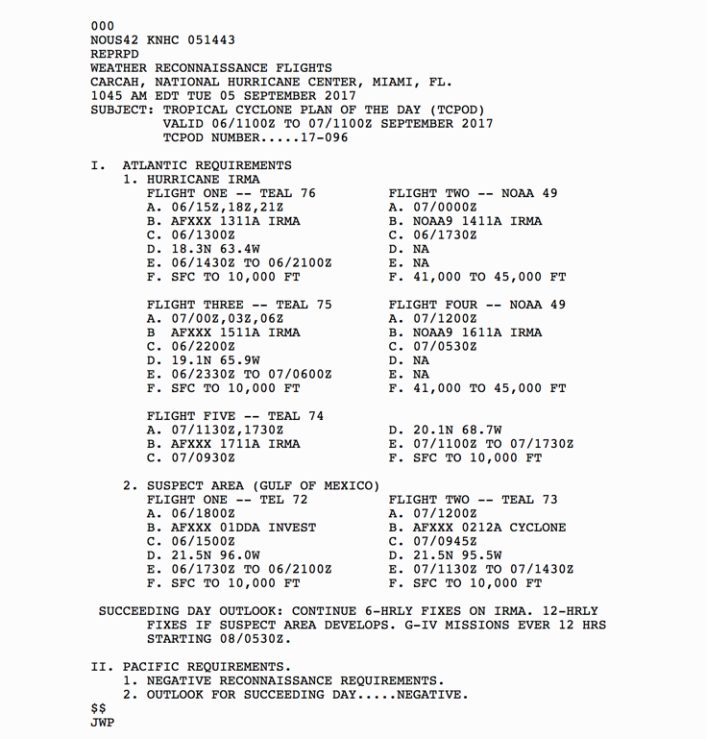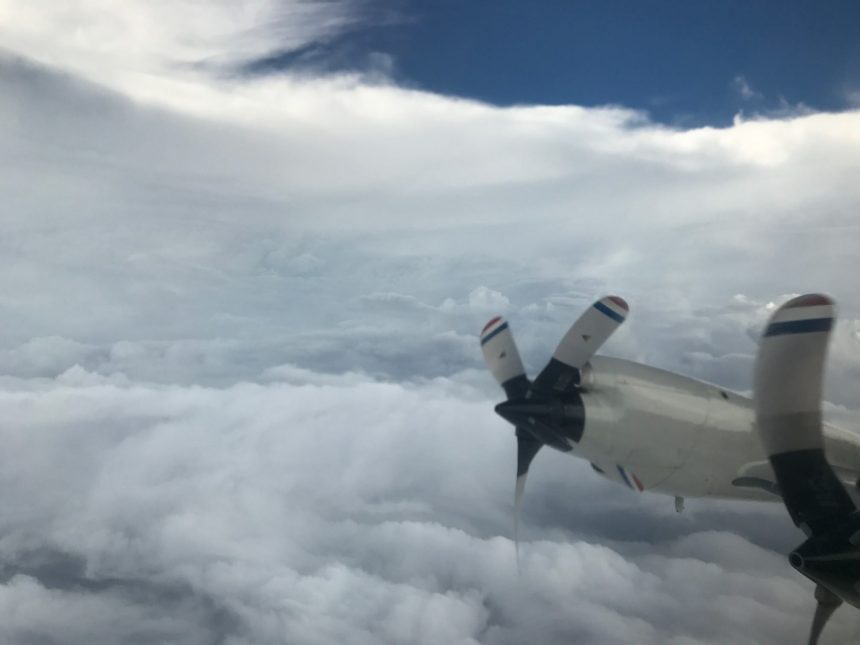Aircraft, Rescue Personnel and Ships Respond to U.S. National Emergency.
The U.S. military has fielded a massive rescue and relief operation in the wake of Hurricane Harvey along the Texas coast. News media and military sources report “more than 1,000 active-duty troops” will provide rescue and relief operations to the region, with an additional 1,100 prepared to deploy, according to the Department of Defense.
The initial U.S. military response to Hurricane Harvey included the Coast Guard and Texas National Guard. As the scope of the storm grew additional active-duty units, including significant air assets, from across the U.S. were put on alert and then tasked with rescue and support operations in the storm-stricken region.
“Approximately 1,600 active-duty military personnel are deployed to the affected area,” US Northern Command, who controls active duty U.S. military personnel in North America, said in a statement to media on Thursday, August 31.
The U.S. military’s Northern Command located at Peterson AFB in Colorado Springs, Colorado has directed the deployment of 73 helicopters, mostly various versions of Blackhawks, 4 Lockheed C-130 cargo aircraft and 8 elite Air Force Para-Rescue units to support aid and rescue operations in the region. The units come from locations around the United States.
Media outlets including CNN have reported that the Air Force has flown rescue/relief missions using “Seven HC-130 Combat King IIs, four C-130 Hercules, 11 HH-60 Pavehawks, five C-17 Globemaster IIIs, one E-3 Sentry AWACS, one E-8 JSTARS and one KC-10 Extender.” Additional reports have indicated at least one U.S. Navy P-8A Poseidon surveillance aircraft has joined the operation.
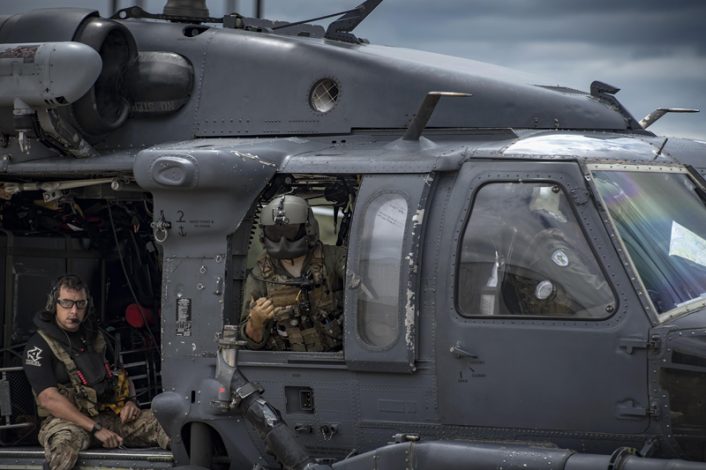
As of yesterday there have been a reported “4,700” aerial rescues conducted by military assets in the region. Because of the size of the military air relief effort, airports in the region are filled to capacity with aircraft assisting in the search and rescues.
The U.S. Navy dispatched the vessels USS Oak Hill (LSD-51), a Harpers Ferry-class dock landing ship and the Wasp-class amphibious assault ship USS Kearsarge (LHD-3) to the Gulf region in support of humanitarian aid and rescue operations. The USS Kearsarge is equipped with a flight deck to support helicopter and tilt-rotor flight operations and has a waterline level stern well deck for deploying surface craft including large assault landing hovercraft.
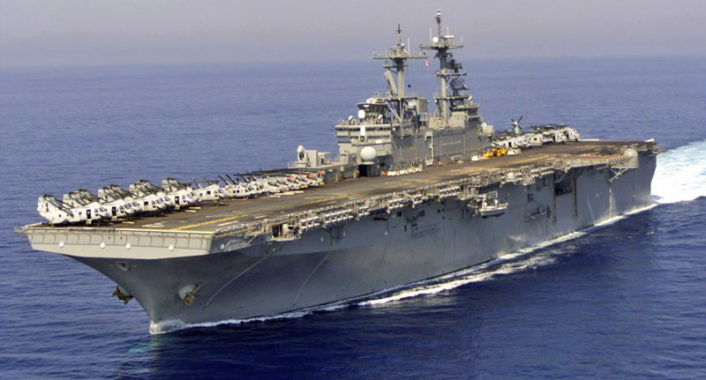
Depending on the source, approximately 66 people have reportedly lost their lives so far in Hurricane Harvey, a relatively low number in part due to effective early warning and evacuation but also partially because of a very large U.S. military response to the crisis. This casualty figure, while very significant, contrasts with the approximately 8,000 lives lost in the Galveston, Texas hurricane at the turn of the century in 1900. That hurricane happened before accurate weather prediction, advanced communication and rescue resources existed.
The gigantic tropical storm, that began on August 17 and continued until September 2, was the first storm of its type to hit the U.S. mainland since 2005 when Hurricane Wilma landed. Sustained winds in excess of 100 MPH and the worst flooding ever recorded in the history of the region caused widespread destruction. The city of Port Arthur, Texas is one of several cities that remain completely submerged following the storm, with even their evacuation centers becoming flooded necessitating the relocation of rescued people initially placed there by aid workers. In some areas floodwaters, the worst ever, did not reach their highest point until days after the storm.
Another tropical storm in the region, Hurricane Irma, is forecasted to make landfall in Florida this Saturday. Satellite surveillance on Wednesday measured the storm as over twice the width of Florida. Airborne weather reconnaissance and sea-based data collection have measured sustained wind speeds of 195 MPH in the approaching storm as the U.S. hurricane season continues.
The National Oceanic and Atmospheric Administration, NOAA, has flown weather reconnaissance missions into the rapidly approaching Hurricane Irma off the Florida coast using their newly upgraded and repainted Lockheed WP-3D Orion N42RF, named “Kermit”. The aircraft has operated from Tampa, Florida. The crew captured dramatic video of one of their weather reconnaissance missions. During the flight the aircraft dropped a series of parachute-deployed NCAR GPS Dropsonde airborne sensors. The small sensors fall gradually through the hurricane suspended by their parachute and collect wind velocity and directional data. Once a pattern of dropsonde sensors are released into the storm by the WP-3D aircraft they transmit data from their wild ride through the storm back to monitoring stations to provide intelligence about the storm’s direction, strength and speed.
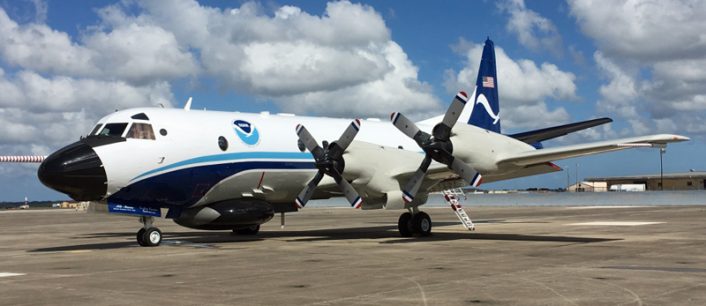
At this link you can find the daily schedule of the NOAA aircraft activity for today.
